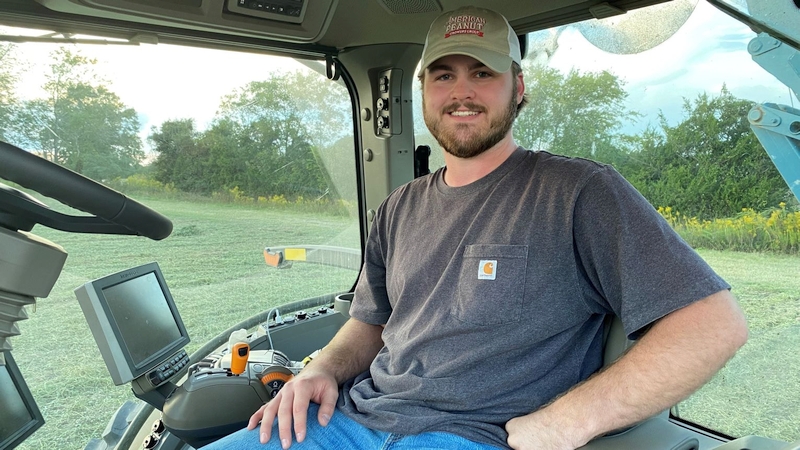Identifying Potassium Nutrition Opportunities in Cotton
Potassium is an essential nutrient for normal cotton growth and development, which plays a particularly important role in fiber development. If potassium is limited during active fiber growth, there is a reduction in both fiber quality and yield, which can have a negative financial impact on the farm gate profitability (Abaye 2009).
In a recent publication, Michael Howell and Dr. Karl Wyant of the Nutrien Agronomy Team highlighted research showing that a bale of cotton requires more potassium than it does nitrogen, especially from first square through peak bloom – which is indicative of the high relative potassium demand of the crop.
“For example, Mullins and Burmester (1991) reported maximum daily potassium uptake rates of 0.5 (first square – 20 days after planting) to 3.5 pounds (peak flowering – 90 days after planting) potassium per acre per day,” reported Howell and Wyatt. “This seven-time increase in potassium demand is important too as it correlates with final yield.”
The Nutrien team notes that it is crucial that potassium be available when the plant is setting fruit on the first position of the first several branches, because 70% to 75% of the total yield occurs from first position bolls on the first seven or eight fruiting branches.
“However,” they point out, “many growers are reporting increased potassium deficiency and, therefore, missed profitability opportunities (Abaye 2009). Increased potassium deficiencies in cotton have been attributed to 1) use of higher yielding varieties, 2) depletion of soil potassium reserves from previous crop removal, and 3) the relative inefficiency of cotton in absorbing potassium from the soil compared to other crop species (Cassman et al., 1989).”
Starting around first square, Howell and Wyatt recommend an application of potassium fertilizer when potassium limitation of cotton growth poses a risk. They suggest that growers be especially mindful of certain situations such as low CEC soils, where potassium leaching can occur, and fields that tested low to moderate for potassium and did not receive additional potassium fertilizer prior to planting.
“Top dress applications around first square will help match anticipated potassium needs in a timely manner,” they point out.
Based on information provided by Nutrien









